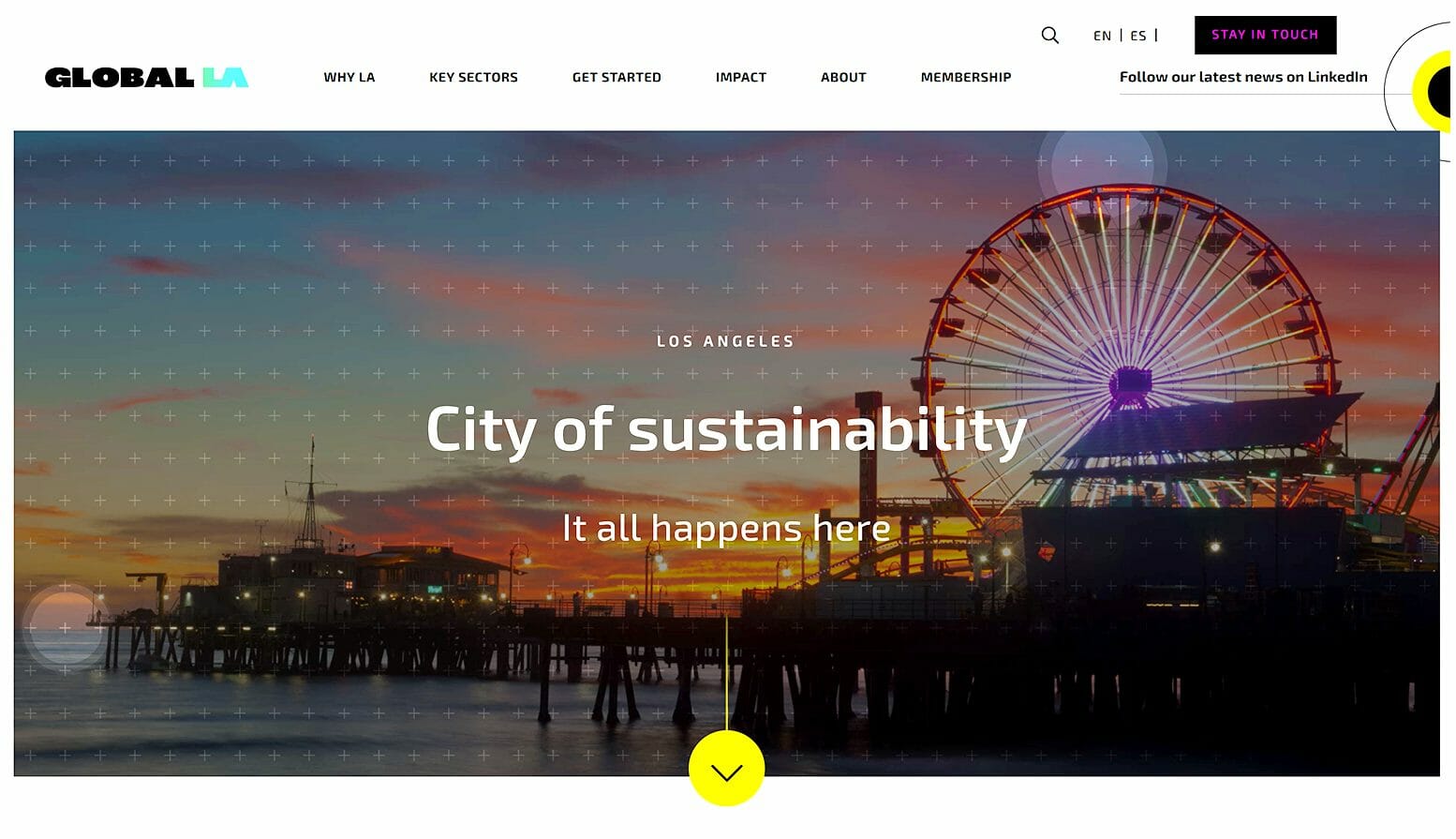13 Apr ‘21
5 Web Design Mistakes You Should Absolutely Avoid in 2021
13 Apr ‘21
In: Web Design & Development, / By: Ripe Admin
Are you looking for ways to improve your website’s bounce rate this year? Are you in the process of creating a site and wondering how to design a website the right way. If so, then you should know there are web design mistakes that you should avoid at all costs.
Including them in your site’s layout will be a detriment to your SEO, conversions, lead generation, and customer satisfaction. All of which can hurt your brand as a whole.
See below for an in-depth guide on the 10 web design mistakes that you should avoid in 2021. Be sure to dodge them at all costs.
1. Thinking of the Desktop First
It’s safe to say that most of you are building a website in hopes of creating an SEO strategy that converts.
A majority of people know that successful search engine optimization (SEO) includes things such as keyword optimization, link building, and high-quality content in your articles. However, what they don’t realize is that your website has just as big a role to play, if not more so.
One of the biggest mistakes you can make in website design these days is customizing it to solely fit the screen of a desktop or laptop. In the year 2021, computers aren’t the main way that users are visiting your site.
These days, smartphones rule the online marketplace. Statistics show that 50-percent of all internet users are using their smartphones, rather than any other device. That includes desktops, laptops, tablets, etc. Those kinds of statistics cannot be ignored!
When designing your website, think about the screen of a smartphone instead. Make sure that your website is mobile-friendly so that you can capitalize on the traffic that you receive. Likely, a bulk of your site visitors (first-timers or not) will be visiting from their mobile phones.
2. Overloading Your Content
Put yourself in the shoes of a first-time site visitor. They’ve come across a page on your site that they think can answer their biggest pain point for them. Then, once they land on the article, they’re greeted by a website page that’s overflowing with content—and not in a good way.
Content has the power to help people and attract them to your brand. But it also has the power to intimidate and overwhelm those that are interested in reading it.
If your content is thousands of words deep with no spacing, no pictures, and no separated paragraphs, your site users will hit the “back” button on their browser and never return. It can happen that fast.
Search for balance in your content. Try to keep your website layout between 3 to 5 pages. Make sure that your articles have even spaces with several photos for your readers to reference. Try to include video content from your YouTube page wherever it fits!
Many content writers use an exercise known as the write-and-refresh exercise. They write the initial article, post, etc. with as many words as they like. Once finished, they then go back and condense the content as much as they can.
3. Not Including Call to Actions
Your content might get users to your site, but how are you intriguing them to take action? What are you doing to help ensure your readers take the next step with your content? Your website needs a clear call to action with every form of content on it.
For those of you that aren’t familiar with the term, a call to action (CTA, for short) is used to push your visitors along in your sales process.
So, for example, let’s say your Pest Control Service created a blog article on your site titled 10 Signs that You Have a Termite Infestation in the hopes of getting customers to schedule an in-home appointment.
In that article, you would list out the 10 signs with informational content. In the conclusion, you would include a call to action that tells your reader what to do next. Something along the lines of “be sure to fill out our online form for an in-home checkup today!” would work.
4. Complicated Site Navigation
Imagine coming across a website that you’ve never visited before. When you do, you’re unable to make heads or tails of where to go for the service you need.
The website’s home page is flooded with 8 or more page tabs, sidebars, category lists, search bars, different logos, dozens of pictures, and more than one call to action. In short, you’re not sure what to click on next. Are you likely to visit that website ever again? Probably not.
Make sure that your site is simple to navigate. Make the page titles direct. Keep the layout as simple as possible. Include only one call to action per content body.
5. Not Measuring Analytics
Without analytics, your website will always stay the same. Your bounce rate will increase (which is a bad thing), your clients will spend less time on your site, and you’ll never develop a loyal consumer base.
Use analytics to your advantage! There are several incredible measurements on it such as the average session duration, rate of users, new user percentages, page views, bounce rate, and so much more.
You can use these different measurements of data to pinpoint the weaknesses in your site, then fix them. This will improve your sales conversions and help build your book of business.
Maximize Your Web Design With These Tips
Now that you have seen several web design tips that you can use for your site, be sure to consider them all as you go through the brainstorming phase.
Need help from an expert? We’re happy to help! Be sure to visit this page to learn more about Ripe and how we can help your company’s website flourish.
For more inquiries, please be sure to reach out via our contact us page and we will be happy to assist you further.
















